I started writing this review in January, in that time some things have changed, not in my thoughts about the camera but at Pentax which I've added at the bottom.
If you can't read the whole of it on the newsletter, you will need to go to the main post.
Although it has been out a few months. I finally got the chance to shot with the new Pentax 17 film camera.
Some people were disappointed when Rioch/Pentax announced that this new camera was going to be a half-frame camera.
As someone who had just spent the past year shooting with an Olympus Pen EE3 half-frame camera. I was intrigued to see what this camera was like.
I'm not one of these “big internet superstars” that Pentax would reach out to and offer the chance to try their new camera. So I had to make do with watching YouTubers, that is until my friend Yant offered a loan of his Pentax 17.
Let's start with some of the specifications
The lens is a 25mm f3.5 which is equivalent to 35mm f5 on full frame.
Zone focusing via manual operation with 6 zones.
Shooting mode there are 6 modes plus bulb, divided into 3 areas
Exposure Compensation +/-2 EV (1/3 EV steps).
ISO 50-3200 although this can be extended to 12-12800 using the exposure compensation.
No DX code.
Shutter Speed 1/350 to 4 seconds, bulb.
Flash GN6.
Power source: One CR2 battery which will shot approximately 10 rolls of 36 frames.
Weight 290g without film & battery.
Weight 323g with film and battery which is a more useful number.
Zone focusing and shooting modes
Zone focus is in 6 zones ranging from macro to landscape. Anyone who has shot zone focus cameras before will be familiar with the icons, although there is one unusual one, the knife & fork, (0.5m/1.7ft) which I presume is for hipsters to shot their meals.
This is adjusted via a ring around the lens, the icons can easily be seen through the viewfinder, so there is no need to remove the camera from your eye to adjust these.
There are also feet and metre readings under the bottom of the lens, although to view these you do need to turn the camera over.
The shooting modes are in 3 colour coded areas.
Blue = full automatic.
White = P mode, slow shutter mode, Bokeh and B.
Yellow = P mode, slow shutter mode.
In Blue, full auto, the lens is fixed and no adjustment of the zone focus is needed, also macro and knife & fork mode will not work and the lens defaults to 1m (3.3ft) distance. The flash is also automatic and fires when needed.
In White mode, P mode, focusing is done via the zone focus ring.
Slow shutter will automatically decide the shutter speed on the available light up to 4 seconds.
Bokeh sets the aperture to the biggest aperture f3.5 to help give some blur to the background.
B is as normal, shutter stays open as long as the button is pressed.
In Yellow mode, P and slow shutter mode is exactly the same as White mode, only the flash will fire every time.
I look at this mode as more like a fill-in flash mode.
For both the slow shutter mode and B, Pentax recommend using a tripod & a cable release. The Pentax 17 needs an electronic one which is around £30.
Although if there is enough light when using the slow shutter mode a shutter speed of above 1/30 will be fine on a 25mm lens to hand hold.
One of the confusing things for me with both P modes is that there is no way to adjust the aperture or shutter speed. This is done by the camera on the available light so other than the flash working all the time in P mode (yellow) there doesn't really seem any point to it, as with both auto & P mode you don't know what aperture/shutter speeds are being used.
I get the Bokeh mode, f3.5 to try to get some background blur and slow shutter speeds but 2 P mode seems redundant to me.
So how has my experience been
To be honest it has been a bit of a mixed bag.
First time out was a bright but cold sunny day, I was shooting with my favourite B&W film, Kodak Double X with a red filter.
The filter screws on to the lens and the metering unit sits behind the filter, so technically by adding a filter the metering unit should compensate for the filter.
This doesn't seem to be the case and I only found this out after shooting a roll of film, this was highlighted to me by a friend who read the manual (yes, I should read it too but I'm a bloke!)
So most of that first roll was underexposed, with a lot of thin images.
There were a couple of images that did come out ok. This was when I removed the filter but I noticed that they were very contrasty.
Don't get me wrong, I do like a contrasty image but I like to add that in post and not as strong as these.
One thing I also had a problem with was the mode dial. I found it to be close to the film advance lever and I was catching this as I wound on and it would move. It would also get knocked when placing in/taking out of a bag.
I found this to be frustrating having to check the mode all the time.
This was especially annoying when shooting on White P, as it would inevitably end up on the slow shutter and this would end up with some blurred shots.
Second & third rolls
The second & third rolls were short rolls of Kodak Double X and Kosmo Foto mono, which I believe is Fomapan.
This time there was no red filter but a UV filter just to protect the lens. Also this time I decided to only shoot in auto and double check every shot.
As with all my BnW film these were developed in Bellini HC110 and using the massive dev app for timings.
This time around the images were better but do still seem to be high in contrast, not as bad but still more that I'd expect from these films.
I only tried the bokeh/macro combination once but it did work out quite well. One neat trick with the camera for shooting macro, is the length of the wrist strap is the correct distance to shot at.
Whilst out testing the camera I ended up shooting an image I had shot before (what a surprise!).
The only difference was the first one was shot with an Olympus pen EE3 is that it was made up of three frames, whereas the Pentax was two.
Both were shot on Kodak XX @ISO 400 and developed in HC110. The weather conditions were pretty much the same on both days and the images are both straight out of camera and no adjustments applied.
Obviously comparing a 50+ year old lens with a new one is a bit unfair but there is something going on with the Pentax lens, it maybe the HD coating they are using on it.
My overall thoughts
I can't say that my overall experience of using it was enjoyable.
The frustration of using the filters on it, although this was entirely my fault.
The way that the mode dial would move and I would need to check it all the time.
The two P modes 🤷♂️
So that's the negative things out of the way.
It's a brand new analogue camera in 2025. It comes with a two year warranty, so no worries if something goes wrong with it.
It has a great sharp lens and although I think the images are a bit contrasty they are nice images for a half frame camera.
It is a little on the large side for a half frame but no bigger than say an Olympus mju II.
It is expensive but so are a lot of brand new cameras, have you seen the price of some digital cameras.
I don't think its a bad camera. There are just things that I didn't like and it doesn't fit in with my way of shooting.
Addendum
Since starting writing this things have changed at Ricoh/Pentax, Takeo "TKO" Suzuki, the lead designer on the Pentax 17 announced he was leaving Ricoh.
You can read the article over on KosmoFOTO.
Did Ricoh close down the film project and TKO decided to leave?
It now seems that there is uncertainty about the Pentax film project.

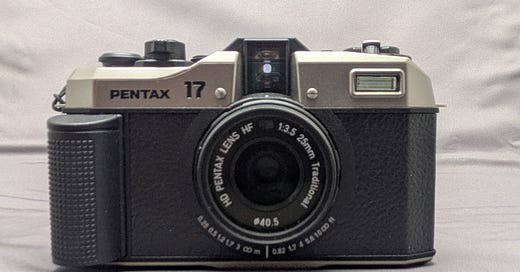




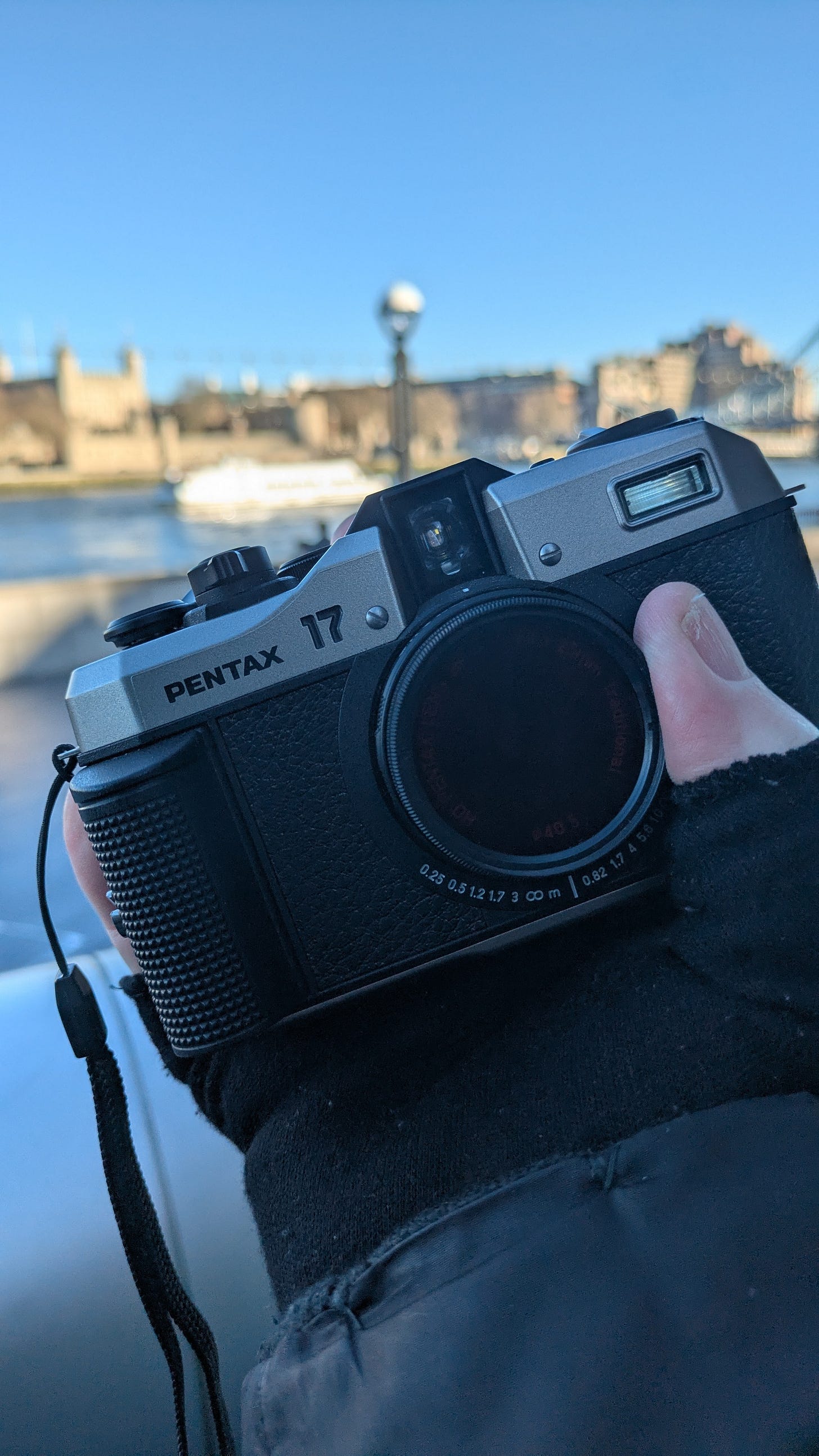

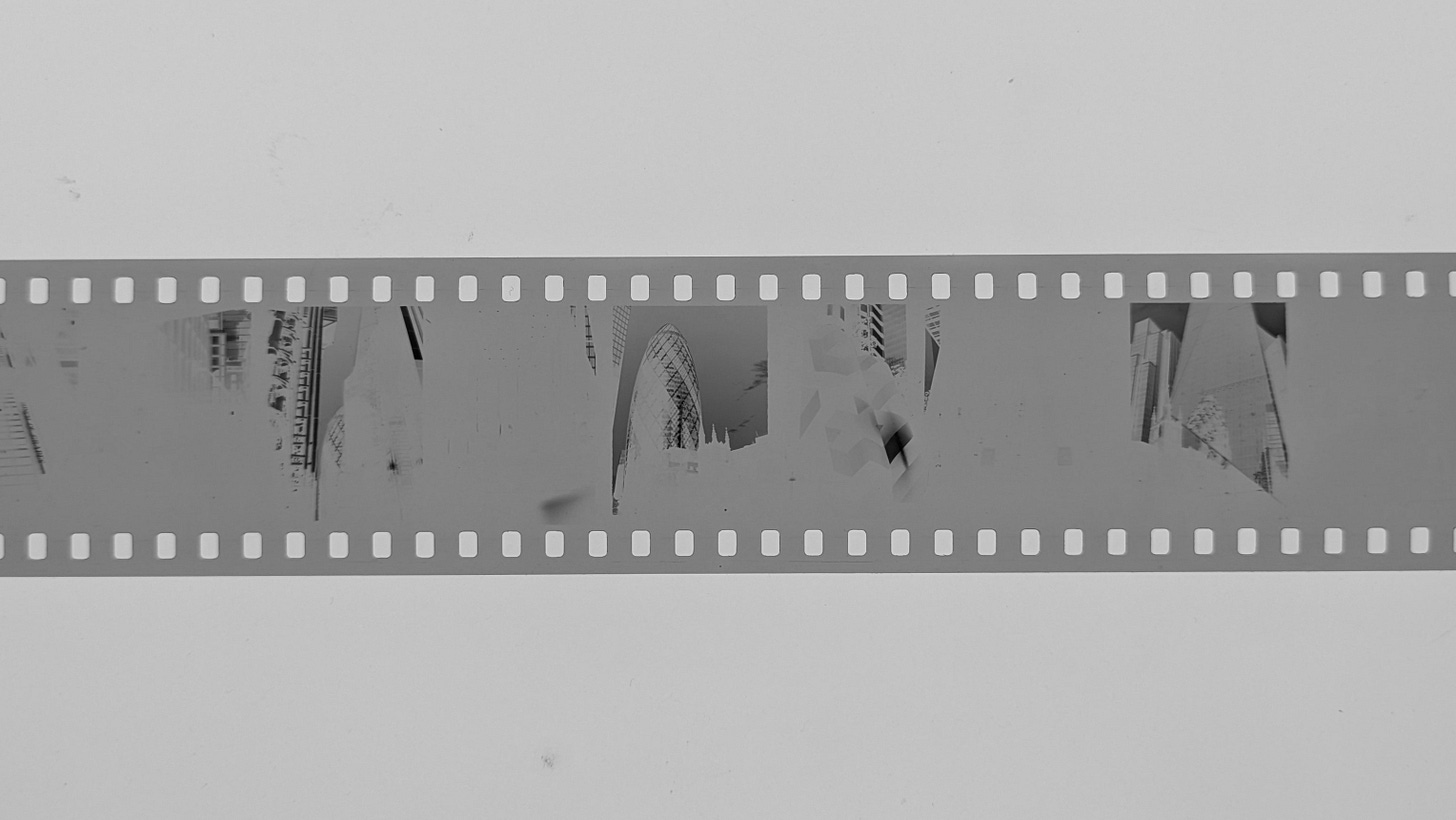
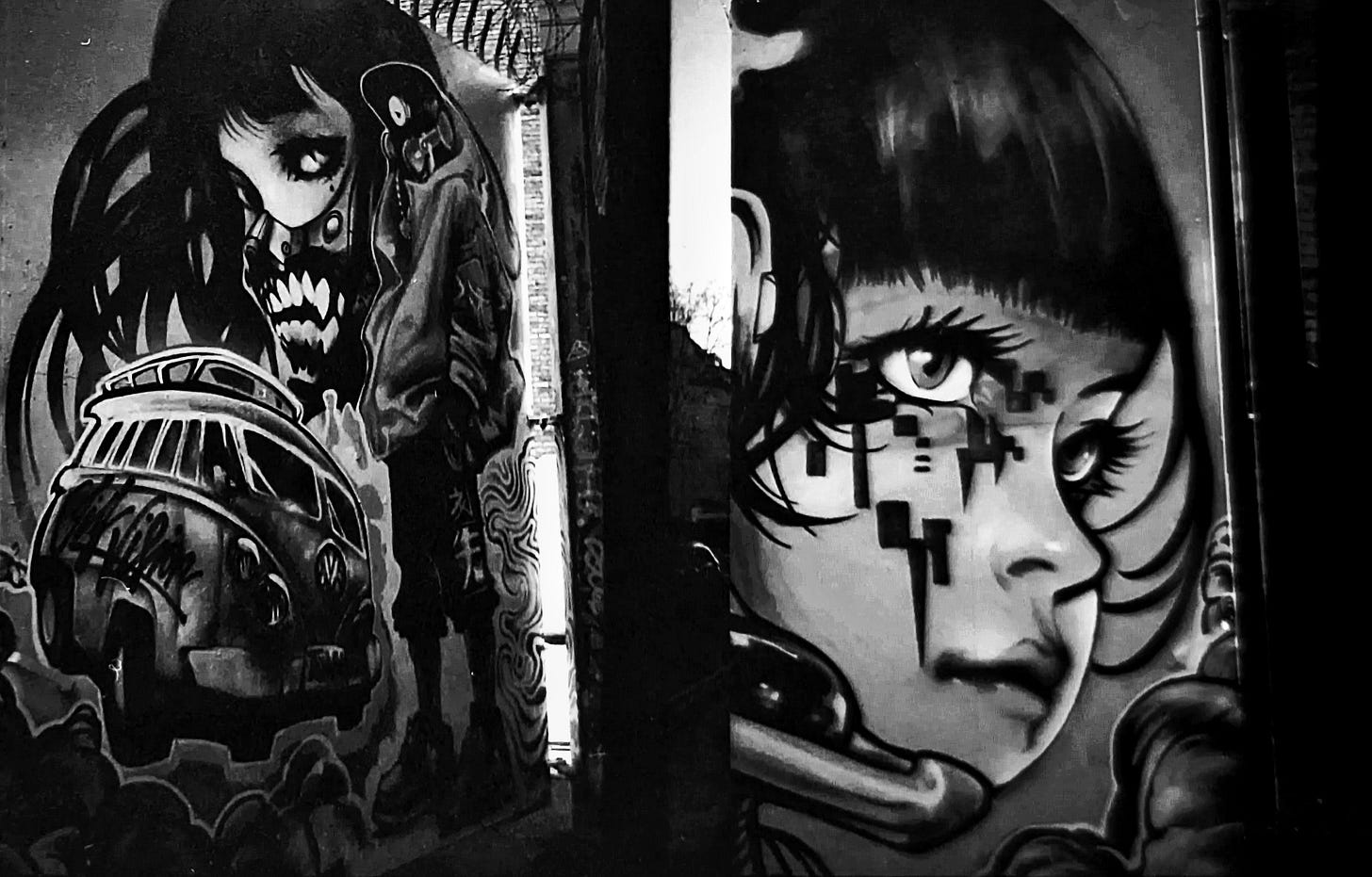
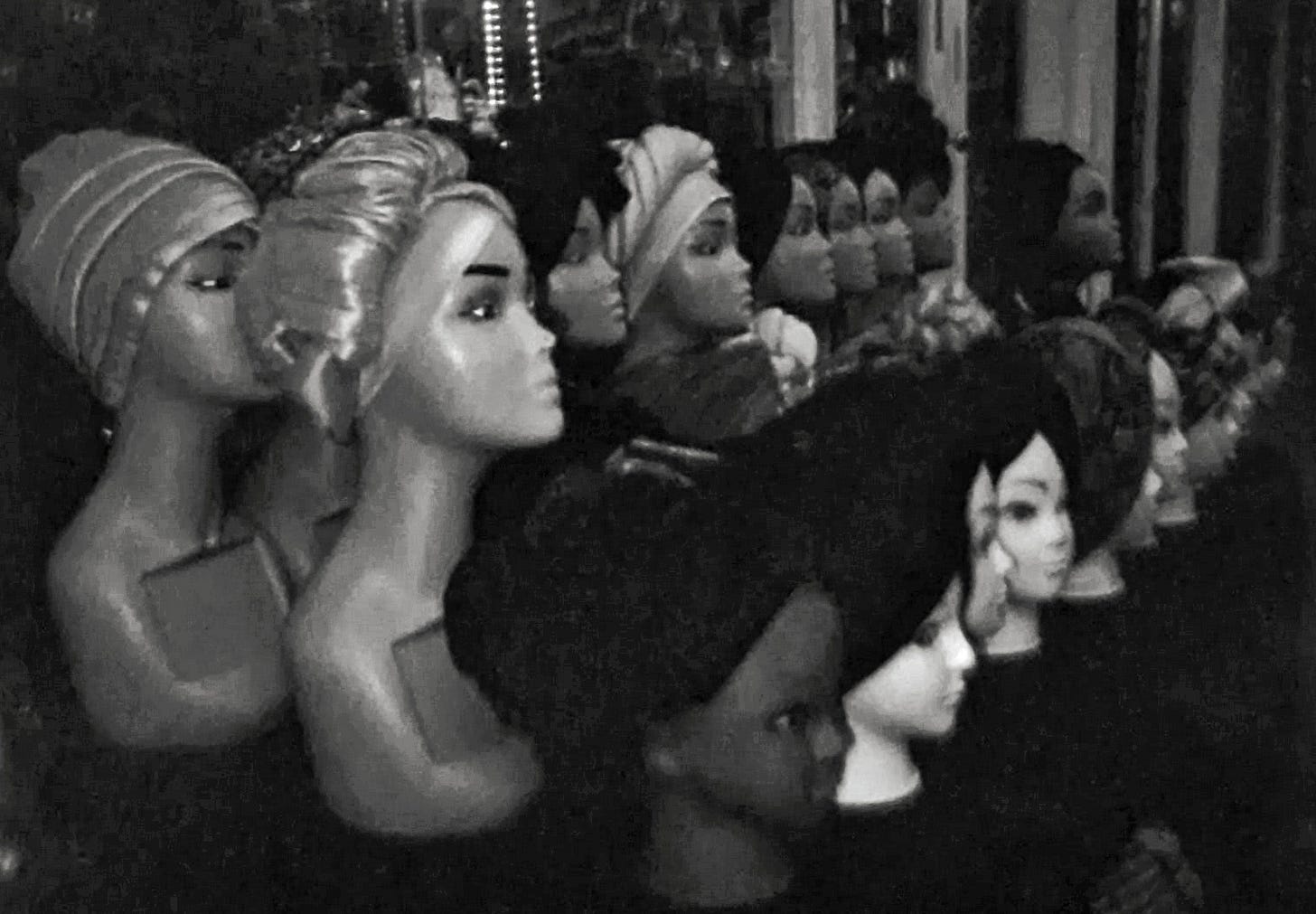
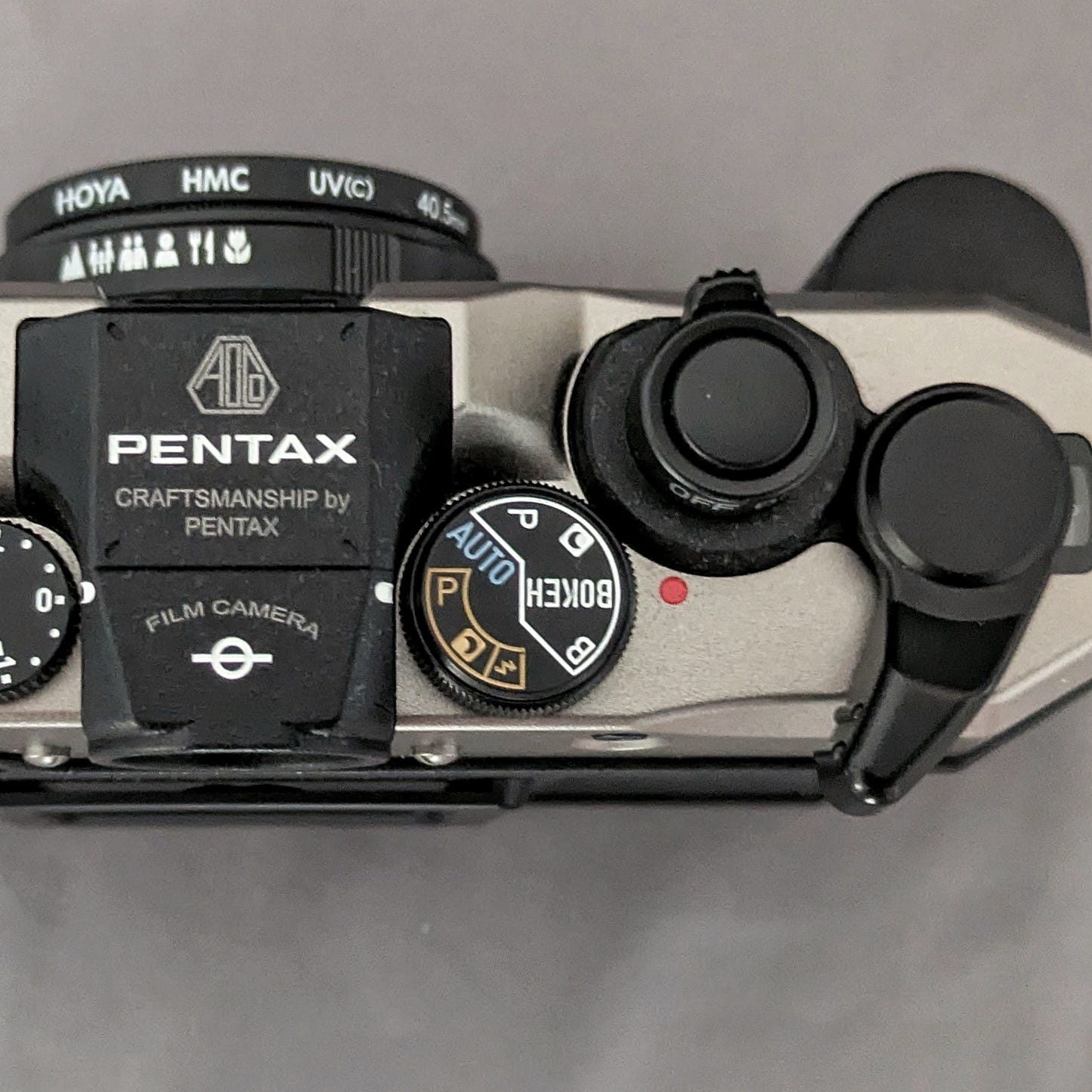


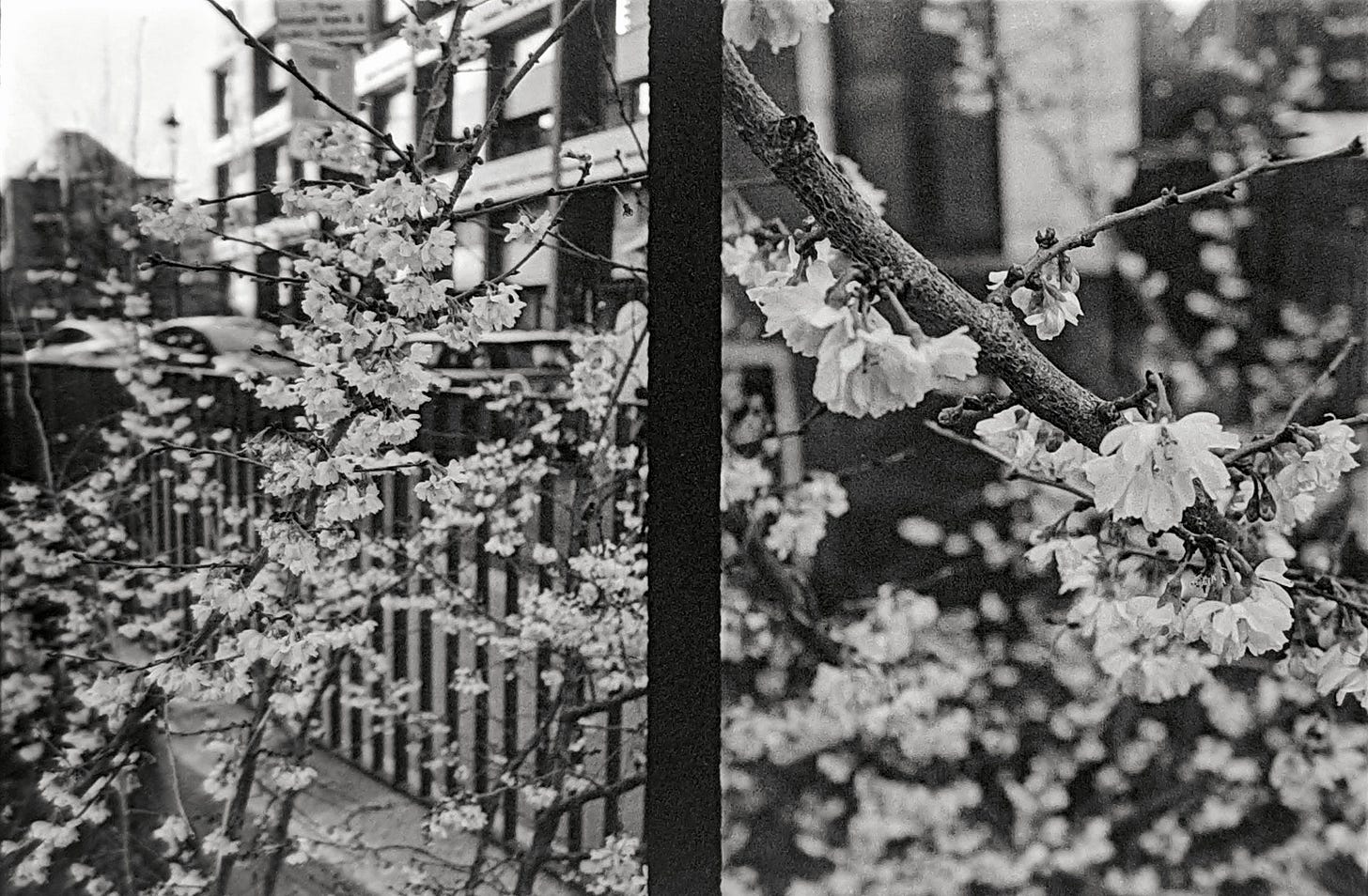
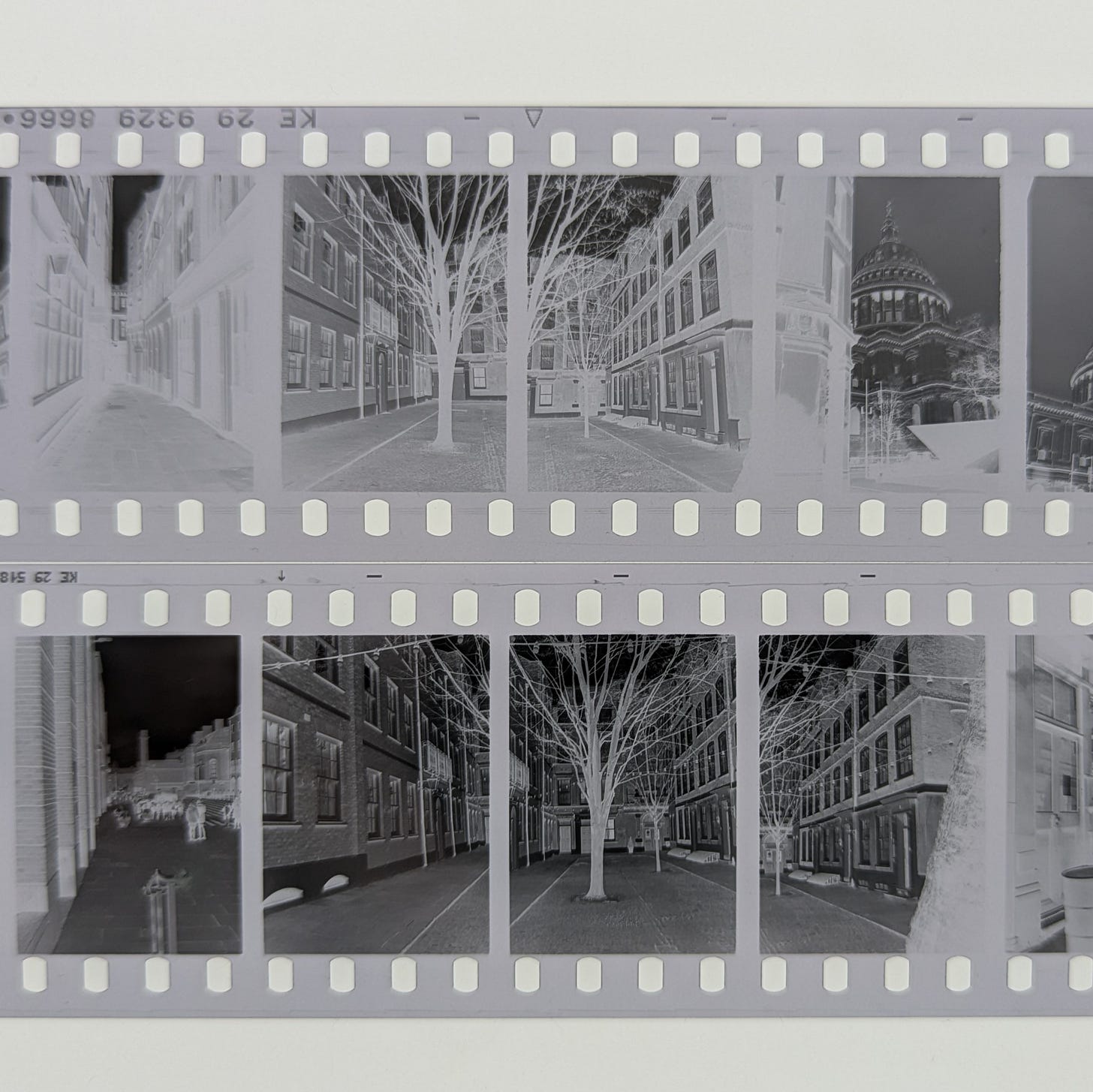
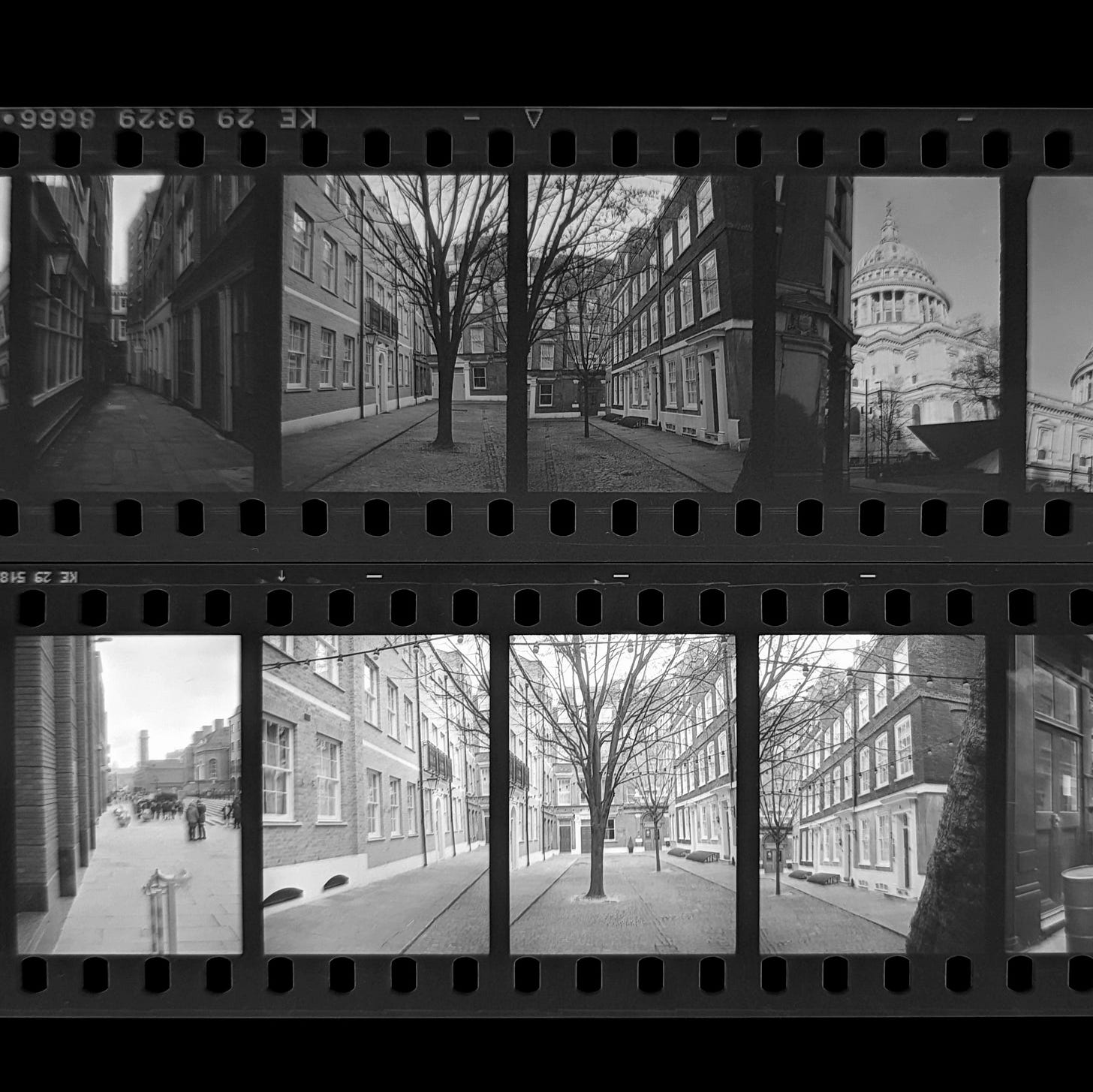
I didn't know that about the filters, hadn't used red before. I've had no issues with yellow filters on it. Apart from forgetting it's on there and shooting 5 frames of colour. With the lens being quite contrasty there is probably a bit less need for red anyway.
I had the same issue with the mode dial, and over time checking it is part of my process of using it. I'm still a bit confused about use case of all the modes. But I use, Bokeh, slow and P no flash and they cover everything I use it for.
I really like the close focus options and use it a fair bit. I do hope they make other new cameras.
Nice review and interesting that the Pentax 17’s lens coating might be responsible for the level of contrast in the images straight out of the camera.
I am still disappointed that the manual fails to provide actual help or a solution to using red, orange or yellow filters for BnW film.
The Pentax 17 really does seem to be better suited to shooting colour film imho - shame as BnW half frame images as diptychs and triptychs are more appealing in my experience.